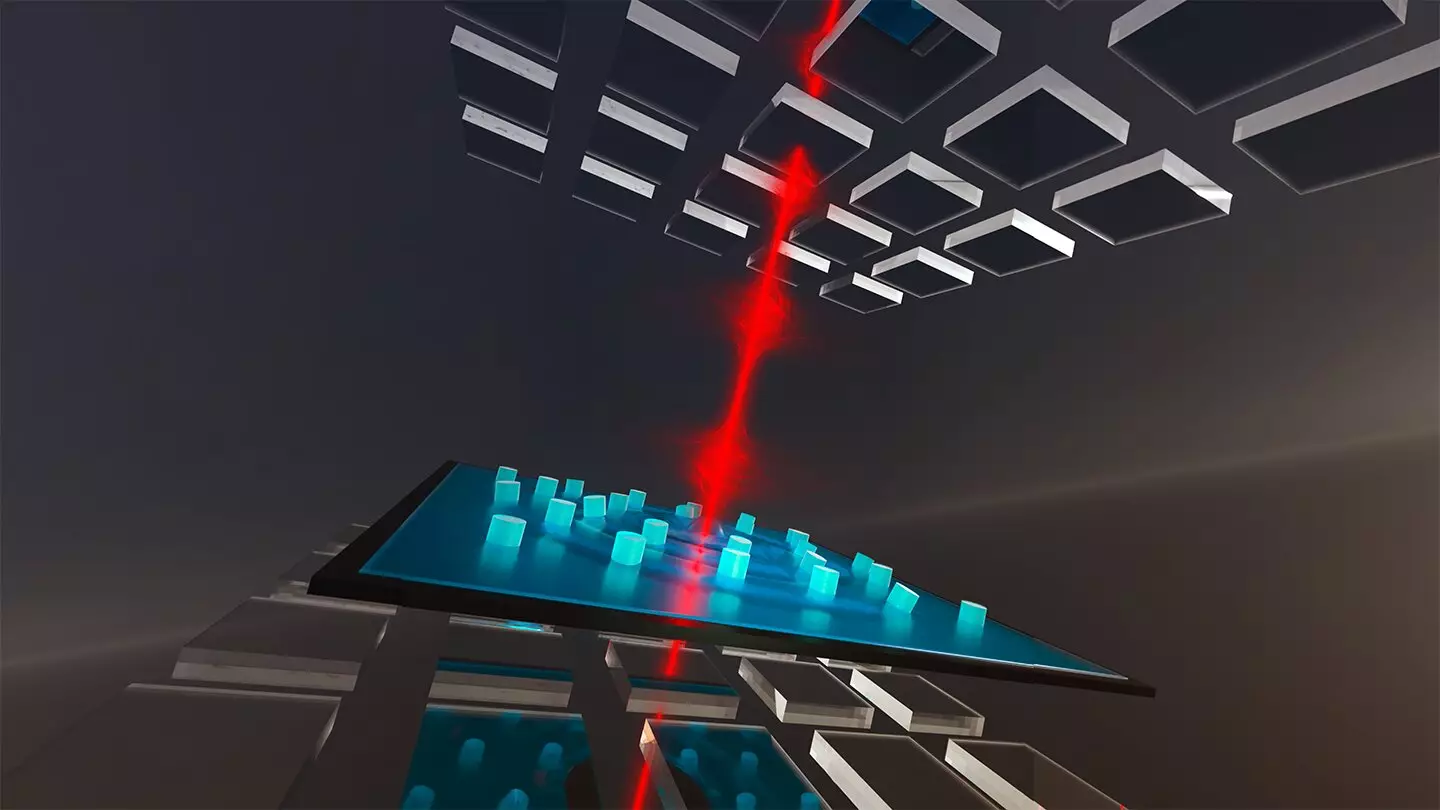In the world of quantum mechanics, the observation and control of quantum phenomena at room temperature has always been a challenge. Traditionally, scientists have had to work in near absolute zero temperatures to detect quantum effects. This requirement for extreme cold has greatly limited the practical applications of quantum technologies. However, a groundbreaking study led by Tobias J. Kippenberg and Nils Johan Engelsen at EPFL is changing the game. Their work combines quantum physics and mechanical engineering to achieve control of quantum phenomena at room temperature. The team’s pioneering efforts have effectively realized the Heisenberg microscope, a concept previously thought to be mere theory.
The researchers detailed their experimental setup in a publication in Nature. They created an ultra-low noise optomechanical system, which allows for the study and manipulation of how light influences moving objects with high precision. The main challenge in working at room temperature is the presence of thermal noise, which disrupts delicate quantum dynamics. To mitigate this, the scientists utilized cavity mirrors, specialized mirrors that bounce light back and forth within a confined space. This “trapping” of light enhances its interaction with the mechanical elements in the system. The mirrors were also patterned with crystal-like periodic structures, known as “phononic crystal,” to further reduce thermal noise. Additionally, a crucial component of the setup was a 4mm drum-like device called a mechanical oscillator, which interacts with light inside the cavity. Its design and relatively large size ensure isolation from environmental noise, enabling the detection of subtle quantum phenomena at room temperature.
Optical Squeezing at Room Temperature
Through their experiment, the researchers achieved “optical squeezing,” a quantum phenomenon where the properties of light, such as intensity or phase, can be manipulated to reduce fluctuations in one variable while increasing them in another. This effect is dictated by Heisenberg’s principle. By demonstrating optical squeezing at room temperature, the team showcased their ability to effectively control and observe quantum phenomena in a macroscopic system without the need for extreme cold temperatures.
The breakthrough achievement of operating the system at room temperature opens up new possibilities in the field of quantum optomechanics. These systems serve as important testbeds for quantum measurement and the study of quantum mechanics on a macroscopic scale. With the ability to access and manipulate quantum phenomena without requiring extremely low temperatures, the researchers believe that their system will facilitate the development of new hybrid quantum systems. For example, the mechanical drum in their setup could strongly interact with various objects, such as trapped clouds of atoms. This expansion of access to quantum optomechanical systems holds great promise for advancing quantum technologies and pushing the boundaries of what is possible in the realm of quantum mechanics.
The groundbreaking work led by Tobias J. Kippenberg and Nils Johan Engelsen at EPFL is revolutionizing the field of quantum mechanics. Their successful realization of room temperature quantum optomechanics challenges the long-held notion that extreme cold is necessary to observe and control quantum phenomena. By combining quantum physics and mechanical engineering, the team has opened up new avenues for practical applications of quantum technologies. Their experimental setup, which includes specialized cavity mirrors and a mechanical oscillator, allows for the precise study and manipulation of quantum effects. The achievement of optical squeezing at room temperature further demonstrates the team’s control over quantum phenomena in a macroscopic system. Overall, this groundbreaking research expands access to quantum optomechanical systems and paves the way for future advancements in the field of quantum mechanics.


Leave a Reply